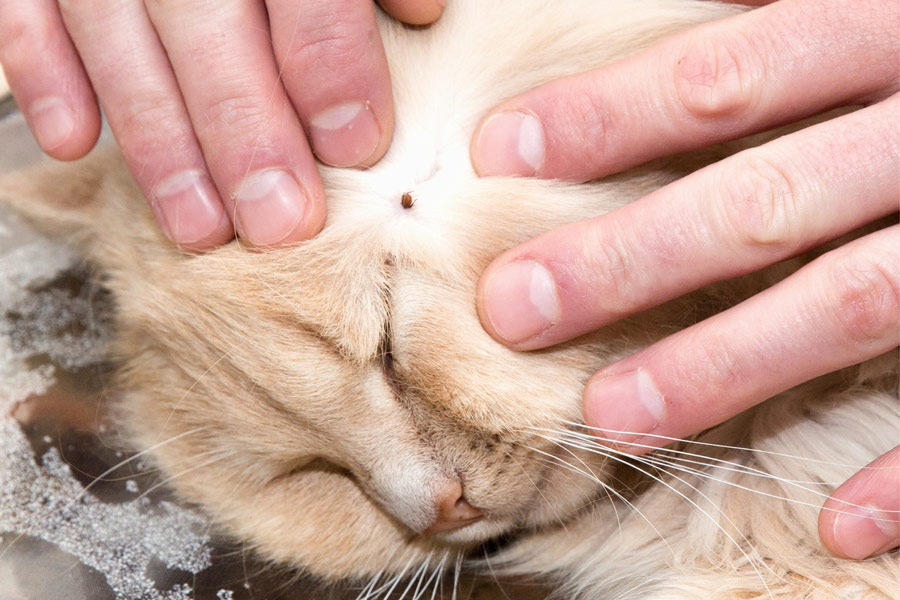
As a pet owner, keeping your furry friends safe and healthy is a top priority. Fleas and ticks can cause discomfort, irritation, and even serious health problems for your pets. Recognising the signs of an infestation early on is crucial to protecting their well-being. Here’s what to look out for and how you can keep these pesky parasites at bay.
Common Signs of Fleas in Pets
Fleas are tiny, fast-moving insects that feed on your pet’s blood. While spotting the actual fleas can be challenging due to their size and speed, there are several tell-tale signs of an infestation:
- Excessive Scratching and Biting: If your pet is scratching more than usual, especially around the head, neck, and tail area, this could indicate fleas. Biting and nibbling at their own skin is also common.
- Red, Inflamed Skin: Flea bites can lead to red, irritated patches on your pet’s skin, particularly if they have a sensitivity or allergy to flea saliva.
- Hair Loss: Persistent scratching and biting can cause bald patches, mainly around the back and base of the tail.
- Flea Dirt: Black or dark brown specks, often found on your pet’s skin and fur, may be flea droppings. To check, place the specks on a damp tissue — if they turn red, it’s likely flea dirt.

How to Spot Ticks on Your Pet
Ticks are parasitic arachnids that attach themselves to your pet’s skin and feed on their blood. Unlike fleas, ticks are larger and can often be seen or felt when grooming your pet. Here’s what to watch for:
- Visible Ticks: Ticks can look like small, grey or brown bumps. They tend to latch onto areas like the ears, neck, and underarms where the skin is thinner.
- Skin Irritation: You might notice redness or swelling around the bite area. Ticks can transmit diseases, so early removal is essential.
- Lethargy and Weakness: In some cases, pets infested with ticks can become weak or lethargic due to blood loss, especially if multiple ticks are feeding.



